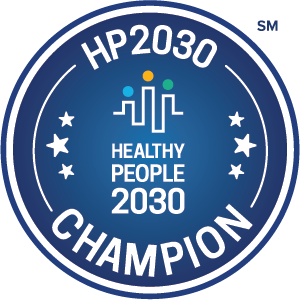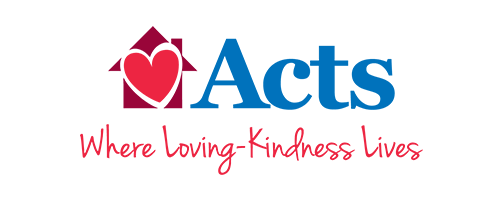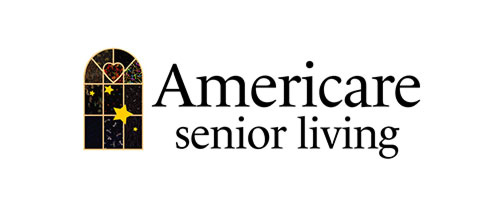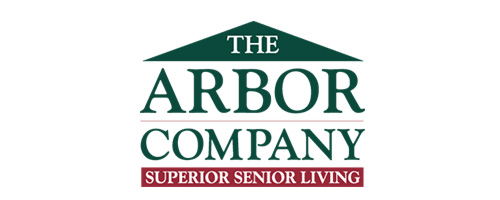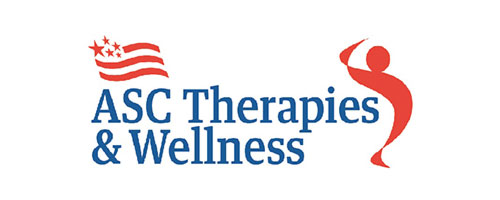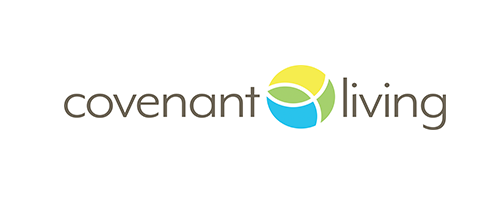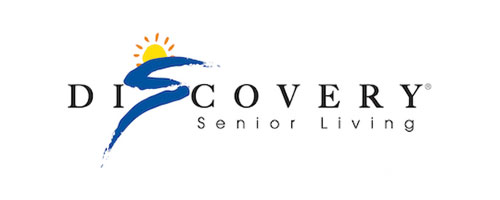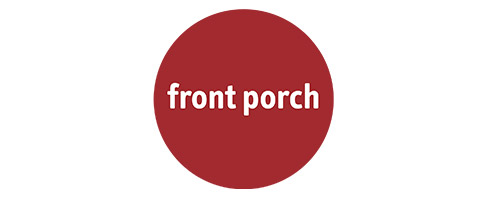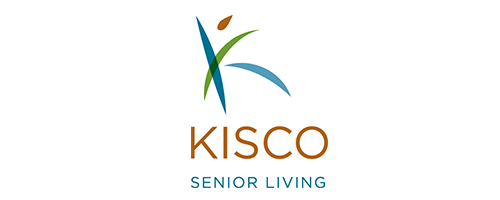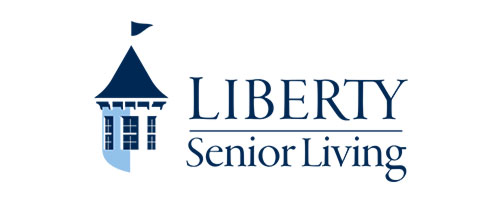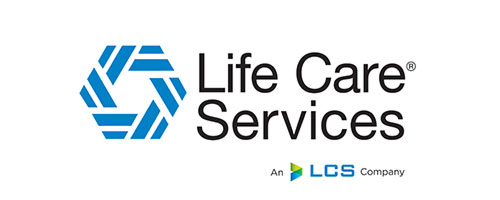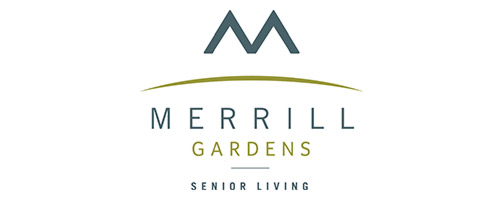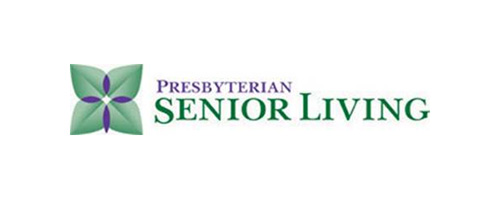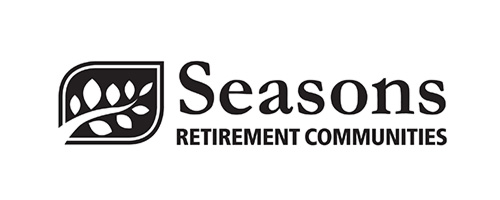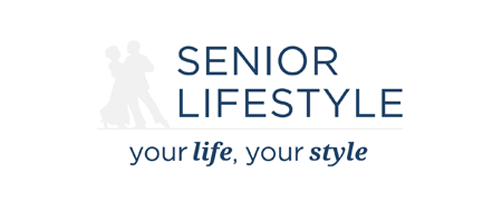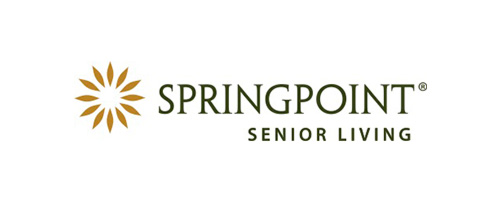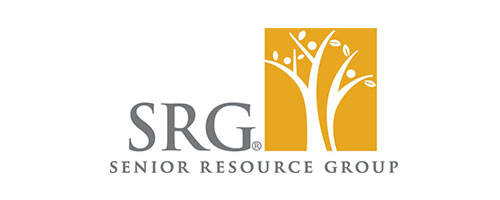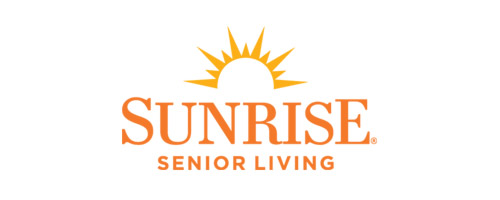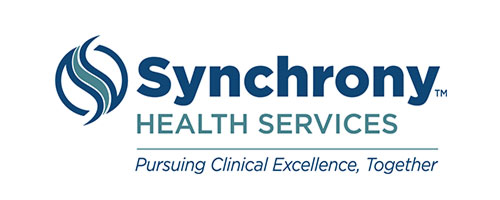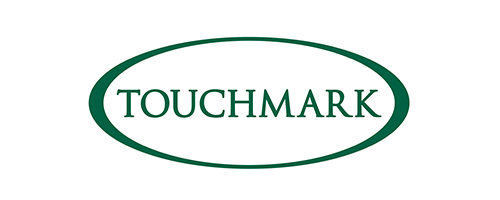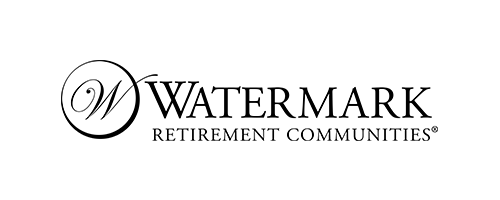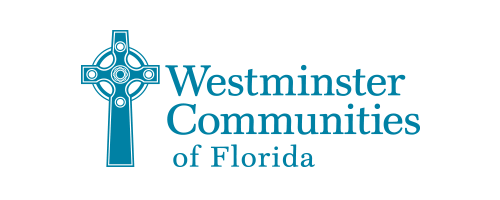Decisions that shape longevity

A recent discussion left me reflecting on the connection between our daily choices and our lifespan. I was speaking to Dr. Richard Carmona, MD, MPH, FACS, chief of health innovations at Canyon Ranch, 17th Surgeon General of the United States, and Distinguished Laureate Professor at the University of Arizona. Dr. Carmona reminded me that humans are biologically capable of living to 122 years old. Guinness World Records lists the world’s verified oldest person as Jeanne Calment, who was born in France in 1875 and died there in 1997, aged 122 years, 164 days. Yet, despite this potential for extreme long life, average life expectancy in the United States hovers around 78.3 years, according to research that The Lancet published in 2024 from the University of Washington’s Institute for Health Metrics and Evaluation.
So why are those potential extra decades missing? And why do so many people spend their final years, on average 12.5 of them, in poor health, as a JAMA Network Open article showed last year? According to the researchers, the US currently ranks 183rd out of 183 countries in the gap between how long we live and how long we live in good health. This “healthspan gap” is where our attention must turn.
Dr. Carmona told me something striking: “It is the decisions we make, day in and day out, that reduce our time.” It’s not just the big choices, in other words—it’s also the seemingly small ones. Jaywalking against the light. Reaching for harmful foods. Sitting for long hours. Allowing stress to dominate daily life. Little by little, such decisions erode the years of healthy living we might enjoy.
In many ways, life resembles a maze. At the entrance is birth; at the exit, death. In between, we navigate twists, turns and dead ends, with every decision a step—some leading us forward, others trapping us in place. The tragedy lies not in death itself but in failing to live fully because of decisions made along the way.
Here’s the challenge: People don’t like being told what to do. Autonomy—our independence to govern our lives—is essential. For proponents of healthier, active aging, the question becomes: How do we help people make better, more informed decisions without infringing on their sense of control?
The first step is knowledge. A lack of health literacy often leads to poor choices, unnecessary suffering, and lost years. Similarly, a poor understanding of aging feeds ageism, which in turn restricts opportunities, from medical care to education to employment. Many times those opportunities are lost through decisions that we make or that others make for us.
The second step is resilience. Life will test us, no matter how carefully we plan. Resilience allows us to persevere when the unforeseen happens, to endure the consequences of our decisions—including how we respond to circumstances beyond our control—and to adapt and move forward. When combined with knowledge, resilience transforms control into confidence.
This realization has profound implications for how we design programs and services, especially in senior living and community wellness. Instead of simply offering a menu of activities, we might start by asking questions: Who are our residents? What do they value? How do they want to live? Staff could act less like program coordinators and more like guidance counselors, offering tools and insights to help individuals make choices that align with their goals.
Ultimately, longevity is not just about adding years to life but adding life to years—a well-worn but true phrase. The decisions we make—about food, movement, stress, relationships and even attitude—determine whether those years will be filled with vitality or decline. Living better, longer, means being able to do the things we love, with the people we care about, when and how we choose, and to make a legacy while making a difference.
And, in the end, that is what life is all about.
Colin Milner, CEO
International Council on Active Aging®
Connect with Colin Milner on
X (formerly Twitter), Facebook
and LinkedIn.
Note: This information is not intended to replace a one-on-one relationship with a qualified healthcare professional and is not intended as medical advice. It is intended as a sharing of knowledge and information from research. The view expressed here are not necessarily those of the ICAA, we encourage you to make your own health and business decisions based upon your research and in partnership with a qualified professional.
Share


